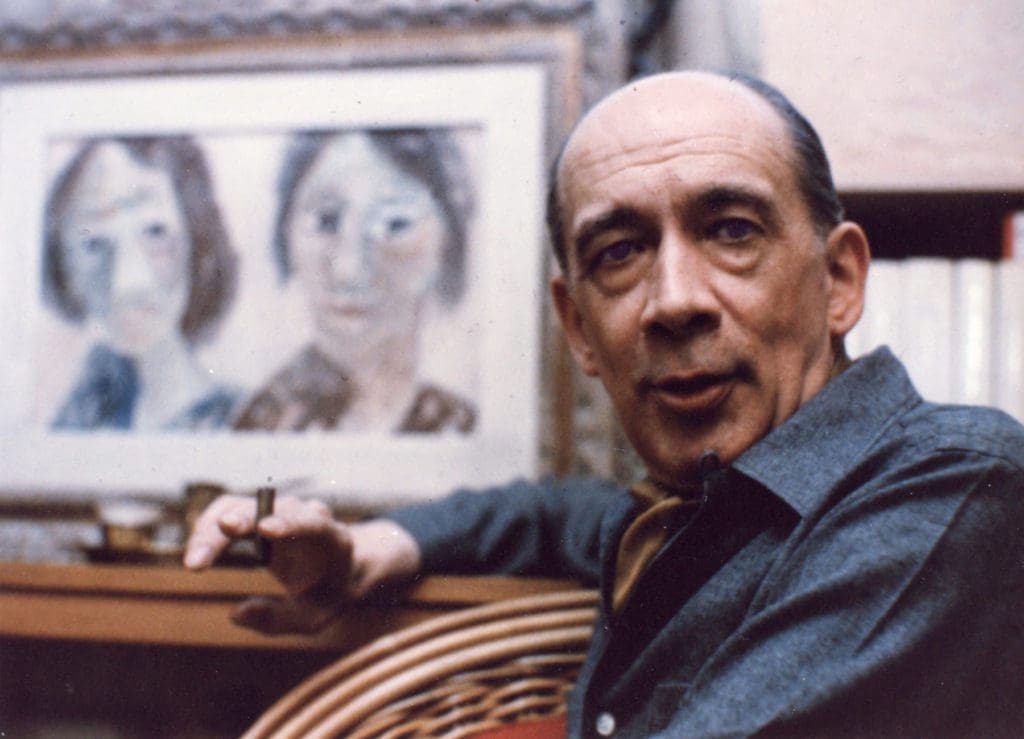

1906
Son of Flemish mother and Walloon father, Paul-Henri Bourguignon was born November 18 in Brussels, Belgium.


1924
He began to paint, first under Impressionist Armand DePauw, then with A.-T. J. Bastien (1873–1955), a well-known Post-Impressionist landscape painter, director of Académie de Bruxelles, and member of Académie Royale des Beaux Arts. Bourguignon worked in pastels, sur le terrain, visiting scenic landscapes and cities.
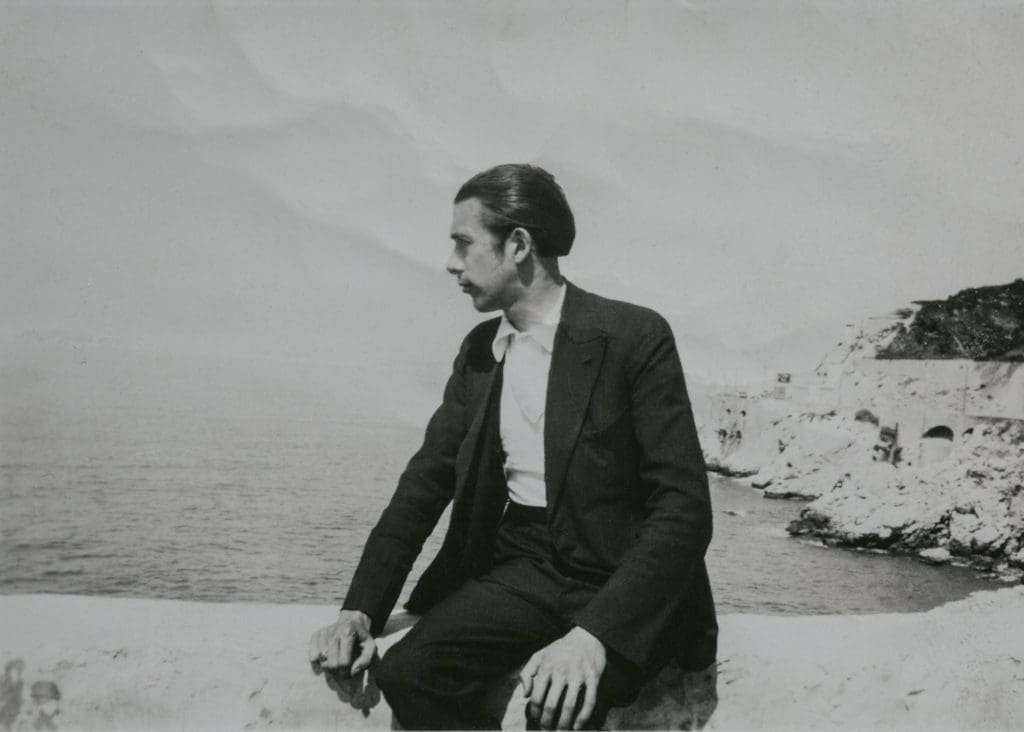

1928
At age 22, Bourguignon’s first solo exhibition was held at Galerie d’Egmont in Brussels. Everything sold.
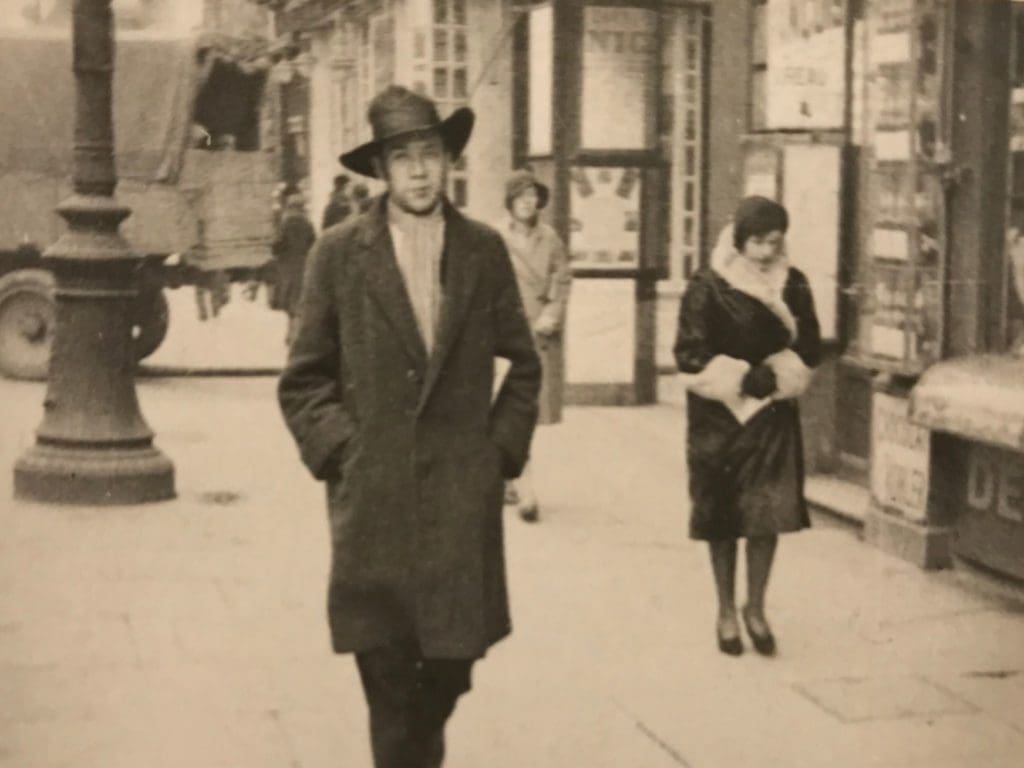

1929–35
Bourguignon studied art history at Université Libre de Bruxelles and wrote his thesis on El Greco. He began to widely travel including to Corsica, Spain, North Africa, Yugoslavia, Southern France, and Italy. In 1934, he served as assistant to the Consul General of Haiti.
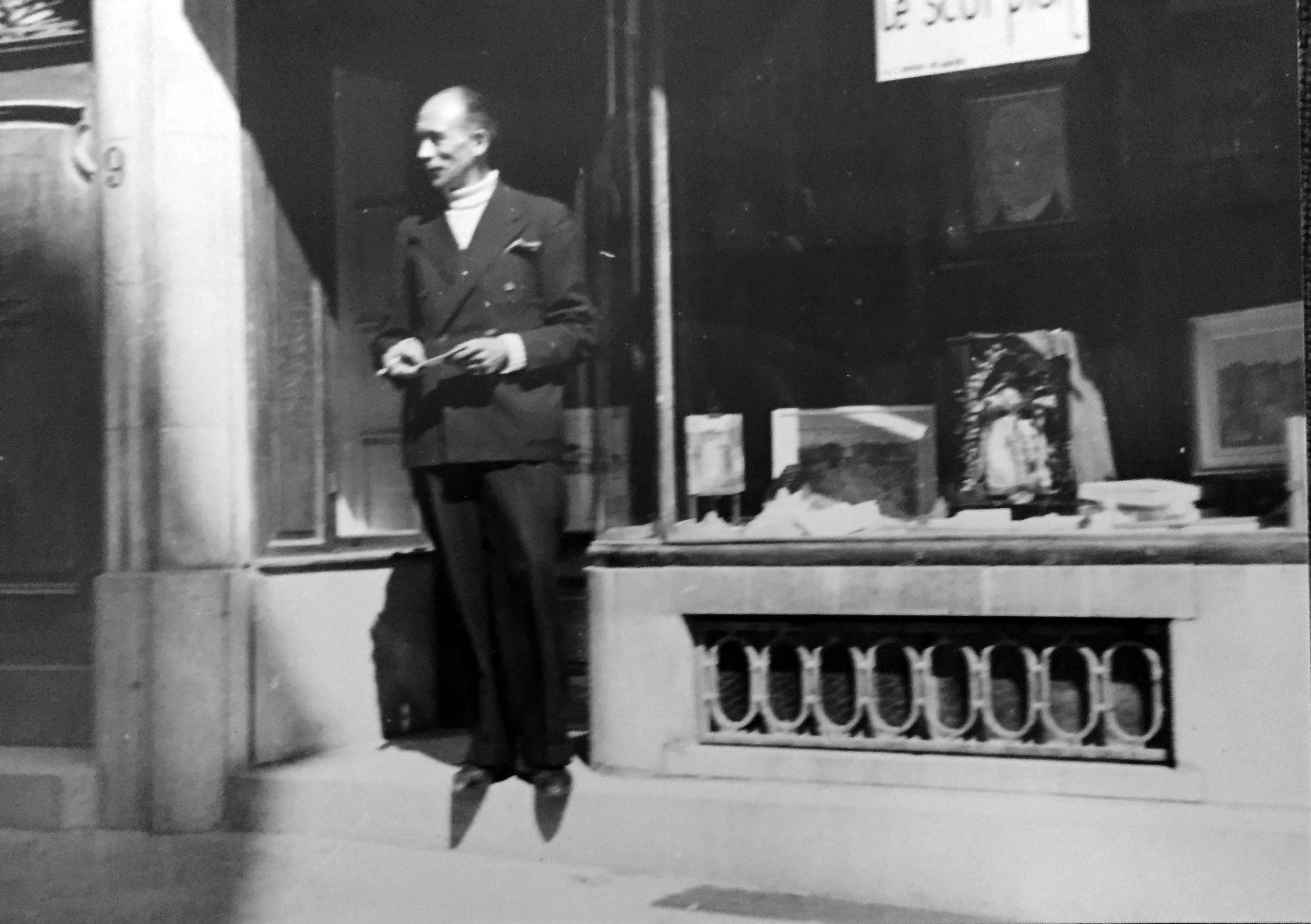

1940–44
Bourguignon became a reporter for the Belgian national telegraph agency. In May, 1940, after the German invasion of Belgium, he was ordered to join the French military forces, but he never participated in actual combat. Under the German Occupation, he worked in an agency distributing ration stamps to foreign travelers. During this time, he wrote texts and translations for three limited-edition books. His play, En Écoutant Toone Jouer le Bossu, was published in 1944. Written in Brussels dialect, the text was illustrated by well-known artist Edgard Tytgat. The volume was awarded a prize in New York and performed in Brussels in 1947.
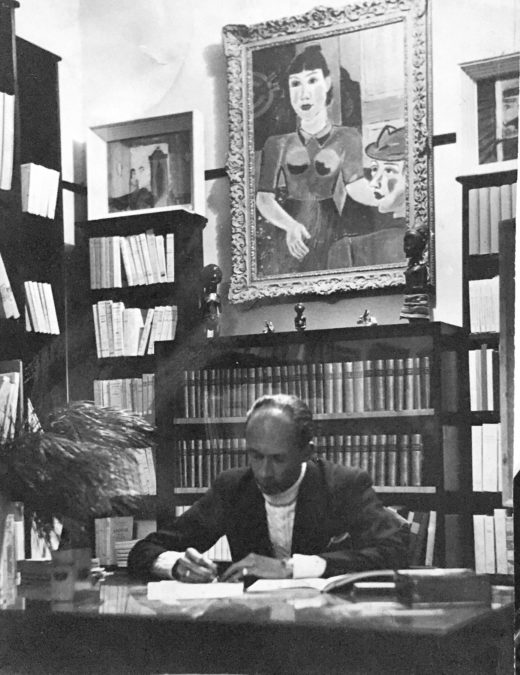

1945–47
Bourguignon became the art critic for the daily newspaper Le Phare and weekly Le Phare Dimanche. He met and interviewed numerous Belgian and foreign artists during this active period in the Belgian art scene. (Bourguignon’s columns of critical writings were later deposited in the archives of the Musée Royale in Brussels.) He established his own gallery, Le Scorpion, in Knokke-LeZoute, Belgium.
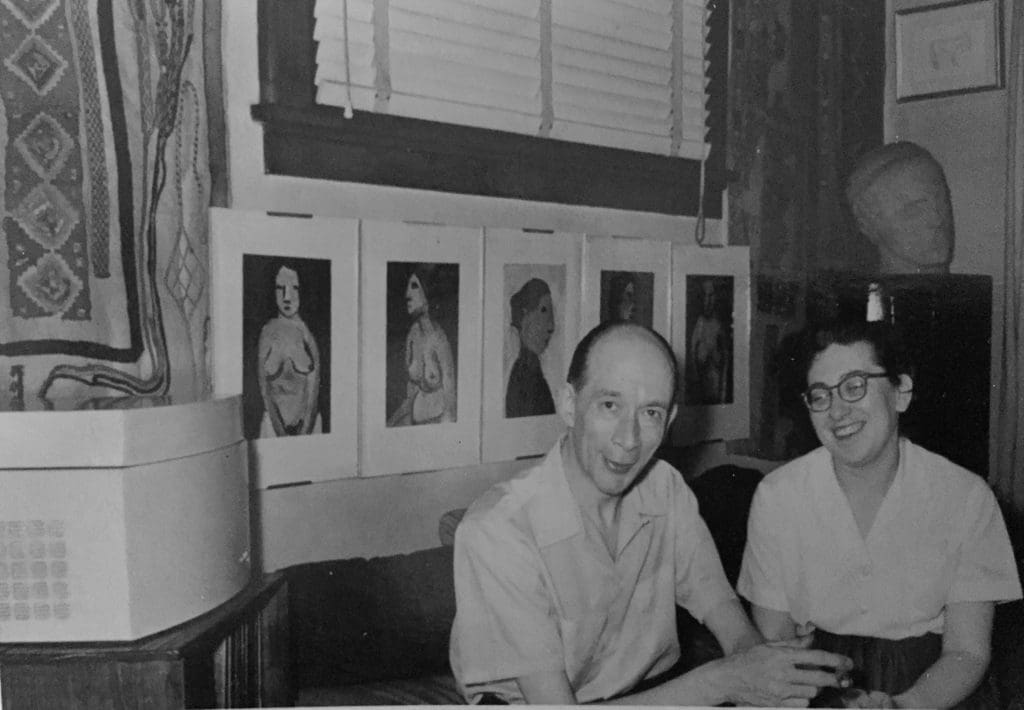

1948–50
Bourguignon met his future wife, Erika, in Haiti, where she was doing anthropological fieldwork. He moved to Peru for 18 months, and they continued to correspond. When she accepted a teaching position at The Ohio State University, he traveled to the United States, they married, and settled in Columbus, Ohio in 1950.
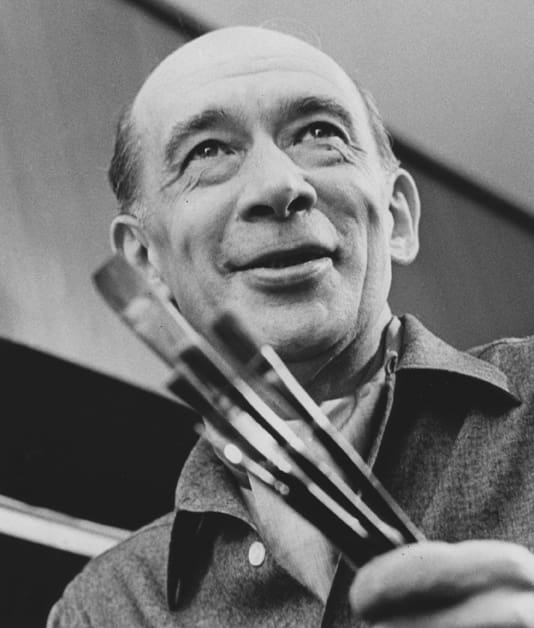

1950–88
No longer working with pastels, Bourguignon painted with gouache and, later, acrylics, as well as drawing with charcoal, ink, and pencil. He drew from visual images he collected in his travels, including landscapes, figures, and genre scenes, loosely derived, remembered, or imagined. He began to show his work in one-person exhibitions at The Ohio State University (1956 and 1957), Grinnell College and Blanden Gallery (Iowa, 1955), the Columbus Gallery of Fine Art (now the Columbus Museum of Art, 1964), Battelle Memorial Institute (Columbus, 1965), and Jaycox Gallery (Edmonton, Canada, 1966). Gallery 200 in Columbus began to represent his work in 1987.
Bourguignon died September 22, 1988.
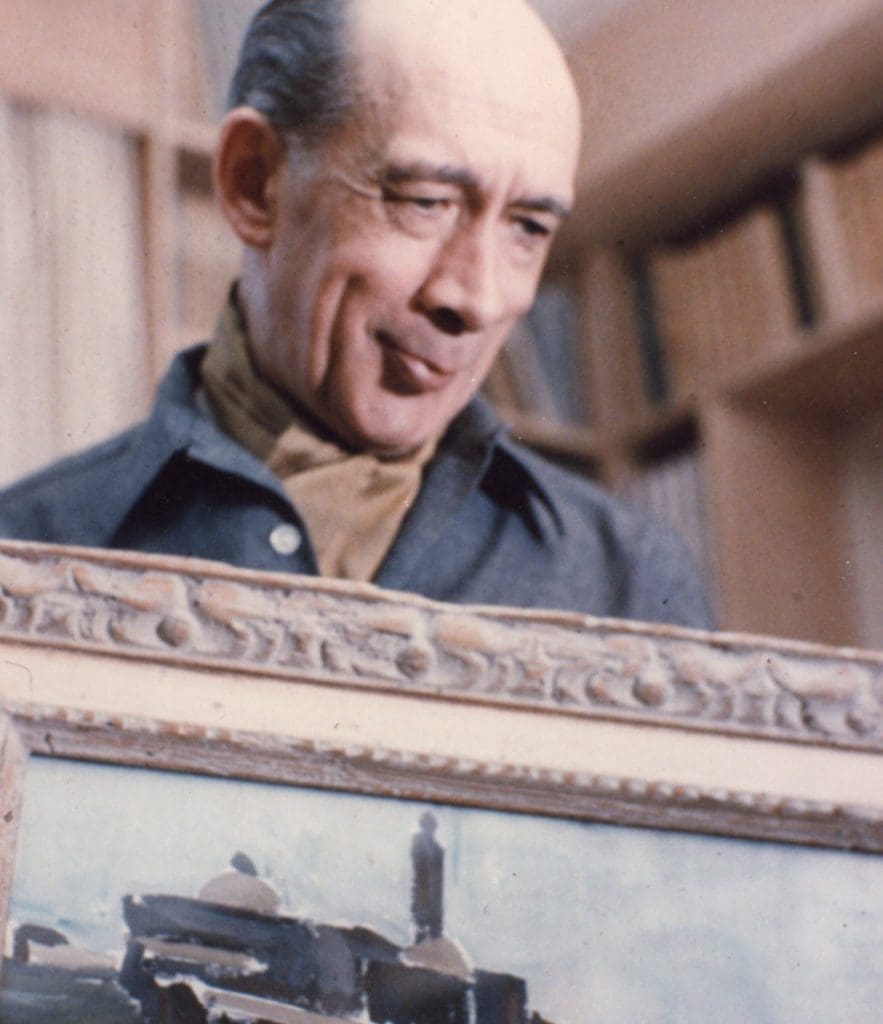

Present
In addition to a large number of paintings, Bourguignon left a substantial number of graphic works. His paintings, drawings, and photographs now appear in galleries and museums and hundreds of private and public collections worldwide.
